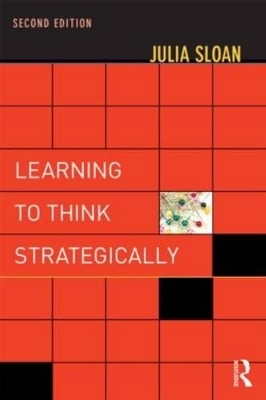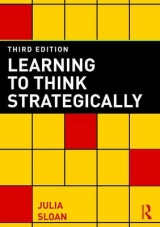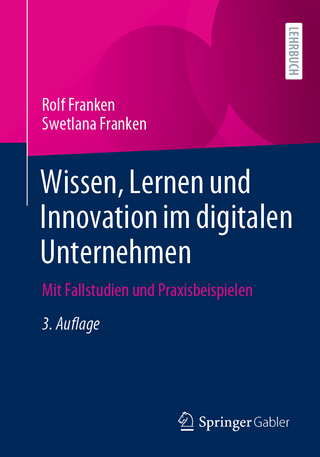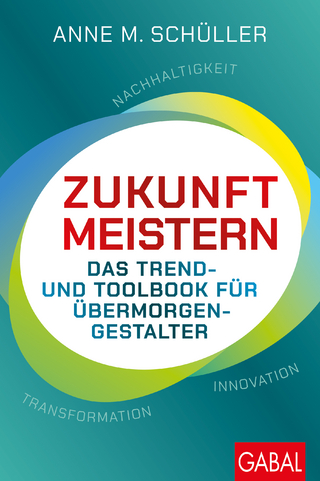
Learning to Think Strategically
Routledge (Verlag)
978-0-415-82358-6 (ISBN)
- Titel erscheint in neuer Auflage
- Artikel merken
This authoritative book traces the history of strategy, differentiates strategic thinking from strategic planning, describes the influence of culture, streamlines the roles of rationality and intuition and identifies five key attributes for learning to thinking strategically. Learning to Think Strategically asserts that learning is the critical link to transforming strategic thinking into a sustainable competitive advantage.
Sloan presents a previously unexamined account of the relationship between strategic thinking and the learning process involved — taking learning from the academic to the everyday.
Julia Sloan is Principal of Sloan International Inc., a new York-based firm specializing in strategic thinking for leaders of businesses, government and international agencies operating in markets of Asia, Europe, the Middle East Africa and North America. She received her doctorate in organizational leadership from Columbia University where she teaches strategic thinking.
Part I: How did we get Here? 1. Chronology of Strategy 2. Contemporary Competing Views of Strategy 3. Implications of Strategic History on Strategic Learning Part II: How do we Learn to Think Strategically? 4. Definition of Strategic Thinking 5. Informal and Formal Learning Defined 6. Formal Learning Refuted 7. Context and Learning: Transfer as Factors in the Strategic Thinking Process Part III: What does Learning to Think Strategically Look Like? 8. Preparation Stage 9. Experience Stage 10. Re-Evaluation Stage Part IV: How can we Get Started? 11. Overview of Learning Domains used for Strategic Thinking 12. The Surf and Dive Learning Domains Part V: How can we Talk about all This? 13. The Role of Dialogue in the Strategic Thinking Process 14. What is the Role of Inquiry in Critical Dialogue? Part VI: Why does some of this Feel so Familiar? 15. Intuition as a Must-Have for Learning to Think Strategically 16. Framing and the Intuition Factor 17. Shattering Frames 18. Reframing Part VII: ...But what about the Numbers? 19. The Roles of Analysis and Intuition in Strategic Decision Making 20. Decision-Making Approaches to Strategic Thinking 21. Coordinating Intuition and Analysis to Facilitate Strategic Thinking Part VIII: What Role does Culture Play? 22. The Role of Culture in Strategic Thinking 23. The Challenge of Introducing Strategic Thinking across Cultures Part IX: Is Anybody Born with this Know-How? 24. The Five Critical Attributes 25. Interplay of the Five Attributes 26. Adaptation as a Strategic Expectation Part X: How can we become Better Strategic Thinkers? 27. Developing the Five Essential Attributes 28. Developing Critical Reflective Processes 29. Where We’ve Come From and Where We Can Go: Some Suggestions
| Erscheint lt. Verlag | 13.8.2013 |
|---|---|
| Zusatzinfo | 11 Line drawings, black and white; 8 Tables, black and white; 11 Illustrations, black and white |
| Verlagsort | London |
| Sprache | englisch |
| Maße | 156 x 234 mm |
| Gewicht | 544 g |
| Themenwelt | Sozialwissenschaften ► Politik / Verwaltung |
| Wirtschaft ► Betriebswirtschaft / Management ► Unternehmensführung / Management | |
| ISBN-10 | 0-415-82358-7 / 0415823587 |
| ISBN-13 | 978-0-415-82358-6 / 9780415823586 |
| Zustand | Neuware |
| Informationen gemäß Produktsicherheitsverordnung (GPSR) | |
| Haben Sie eine Frage zum Produkt? |
aus dem Bereich



